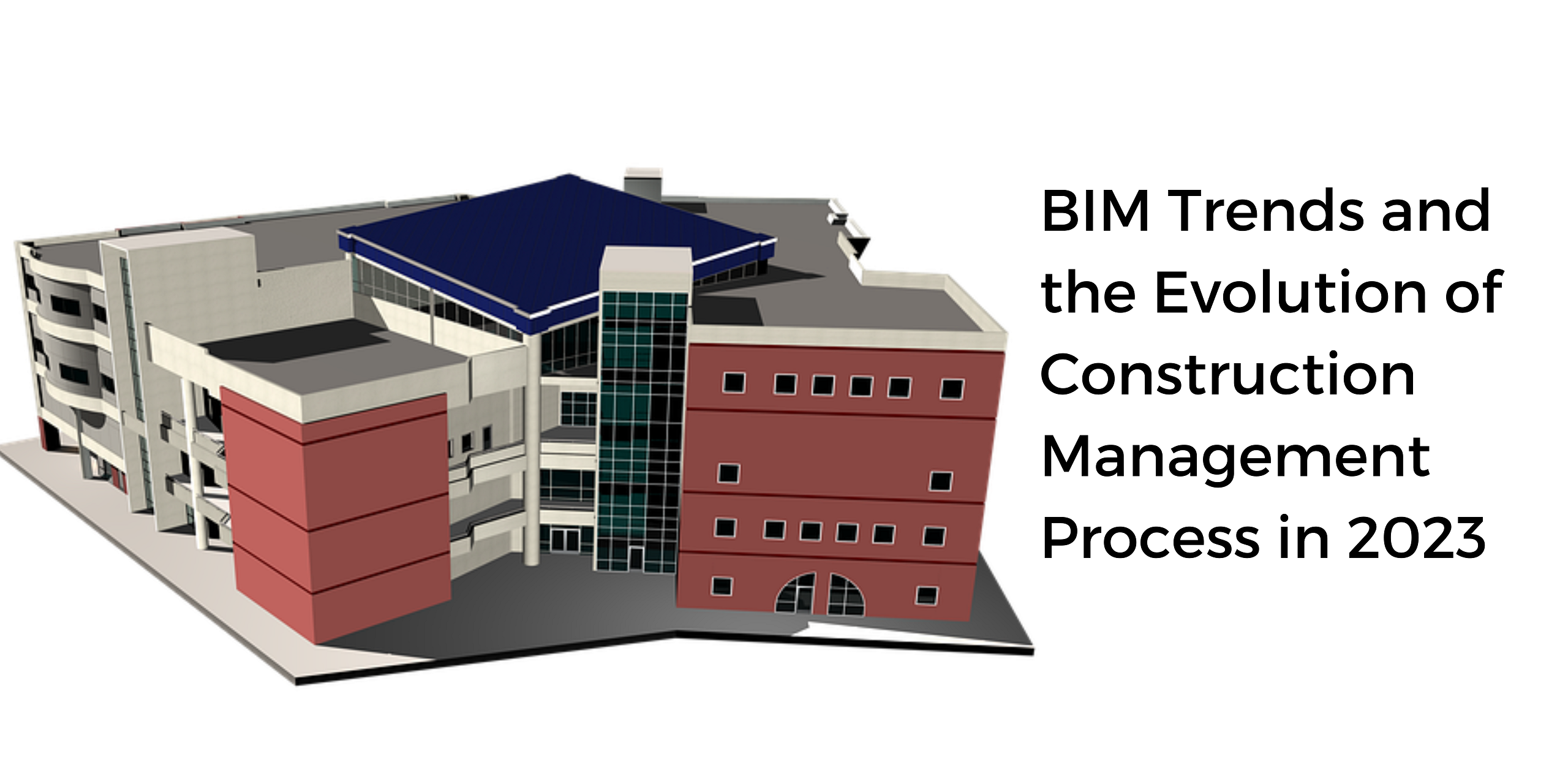Building Information Modeling, or BIM, is a digital tool used in the construction industry for designing, constructing, and operating buildings. BIM has been around for over a decade, but it is continuously evolving to keep up with new technology and industry trends. As the construction industry continues to priorities efficiency and cost-effectiveness, the latest trends in BIM are geared towards achieving those goals.
Here are some of the latest trends in BIM that are helping construction projects become more efficient and cost-effective:
BIM Collaboration and Integration
BIM collaboration and integration is a trend that has been gaining traction in recent years. Construction projects typically involve various teams, such as architects, engineers, contractors, and subcontractors, each with their own specialized software and tools. BIM collaboration and integration allow these teams to work together seamlessly, using a common data environment (CDE) to share information and coordinate their efforts.
One way BIM collaboration and integration is achieved is through the use of cloud-based BIM software. This software enables team members to access and work on the same BIM model simultaneously, regardless of their location. This allows for real-time collaboration, reducing the need for physical meetings and increasing productivity.
Another way BIM collaboration and integration is achieved through the use of application programming interfaces (APIs). APIs allow different software systems to communicate with each other, enabling the exchange of data between BIM software and other construction software tools. This reduces the need for manual data entry and ensures that all teams are working with the most up-to-date information.
Virtual and Augmented Reality
Virtual and augmented reality (VR and AR) technologies are becoming increasingly popular in the construction industry. These technologies allow designers, builders, and clients to visualize building designs in 3D, providing a more immersive experience than traditional 2D models.
VR and AR technologies are particularly useful in the design phase of a project. They allow designers to create and test various design options before construction begins, reducing the risk of errors and changes during construction. VR and AR can also be used to simulate construction processes, enabling teams to identify potential issues before they occur and optimize construction workflows.
Artificial Intelligence and Machine Learning
Artificial intelligence (AI) and machine learning (ML) are revolutionizing the way construction projects are managed. These technologies enable BIM software to analyze and interpret vast amounts of data, providing insights into construction workflows, material usage, and energy efficiency.
AI and ML can also be used to identify potential issues before they occur, enabling teams to take preventative measures and reduce the risk of delays and cost overruns. For example, BIM software can analyze data from sensors installed on construction equipment to identify patterns and predict when maintenance will be required, reducing downtime and maintenance costs.
4D BIM
4D BIM is a trend that combines BIM with scheduling software, enabling teams to create 3D models that include a fourth dimension – time. This allows teams to create a detailed construction schedule that is synchronized with the BIM model, providing a more accurate and realistic view of the project timeline.
4D BIM is particularly useful in complex construction projects that involve multiple teams and stakeholders. It enables teams to identify potential scheduling conflicts and delays before they occur and adjust the construction schedule accordingly. This reduces the risk of delays and cost overruns and ensures that the project is completed on time and within budget.
BIM for Facilities Management
BIM is not just useful for designing and constructing buildings; it can also be used for facilities management. BIM models can be used to store information about a building’s infrastructure, such as HVAC systems, plumbing, and electrical systems. This information can be used by facilities management teams to manage and maintain the building more efficiently.
BIM for facilities management allows teams to access detailed information about the building’s infrastructure, such as the make and model of equipment, maintenance schedules, and warranty information. This enables facilities management teams to identify potential issues before they occur, schedule preventative maintenance, and reduce downtime. It also allows for more accurate budgeting and forecasting of maintenance costs.
In addition to maintenance, BIM for facilities management can also be used for space management. BIM models can be used to track the usage of different spaces within a building, enabling facilities management teams to optimize space usage and reduce energy consumption.
Sustainability and Energy Efficiency
Sustainability and energy efficiency are becoming increasingly important in the construction industry, and BIM is playing a critical role in achieving these goals. BIM software can be used to model and analyze a building’s energy usage, enabling designers and builders to identify opportunities to reduce energy consumption and carbon emissions.
BIM software can also be used to model and analyze the life cycle of building materials, from raw material extraction to disposal. This enables designers and builders to identify materials that have a lower environmental impact and reduce waste.
In addition to reducing the environmental impact of buildings, BIM can also help reduce costs. Energy-efficient buildings typically have lower operating costs, and BIM can be used to optimize building designs for energy efficiency, reducing long-term operating costs.
Conclusion
As the construction industry continues to priorities efficiency and cost-effectiveness, BIM is becoming an increasingly important tool. The latest trends in BIM, including collaboration and integration, virtual and augmented reality, artificial intelligence and machine learning, 4D BIM, BIM for facilities management, and sustainability and energy efficiency, are helping construction projects become more efficient and cost-effective.
By embracing these trends and leveraging the power of BIM software, construction teams can streamline workflows, reduce the risk of errors and delays, and deliver projects on time and within budget. BIM is not just a tool for designing and constructing buildings; it is a tool for managing and maintaining them, optimizing their performance, and reducing their environmental impact.
By leveraging our cutting-edge Building Information Modeling services, clients can benefit from improved visualization, reduced errors, enhanced efficiency, and ultimately, successful project delivery in the ever-evolving construction management process of 2023.















